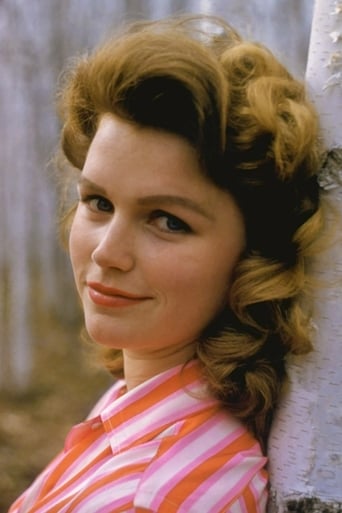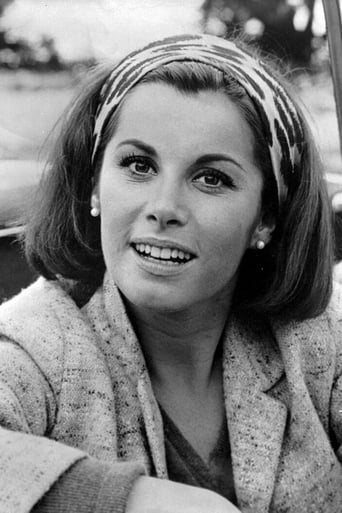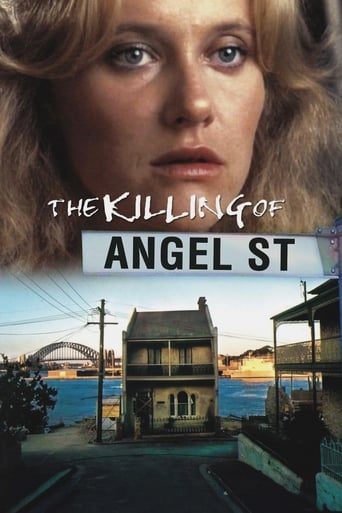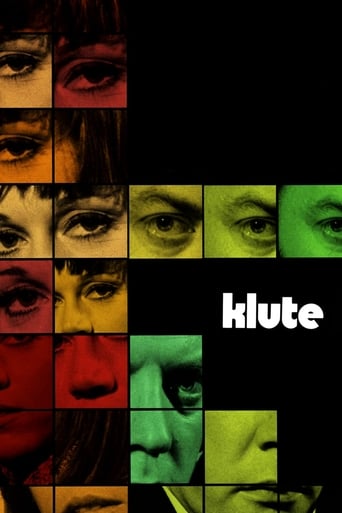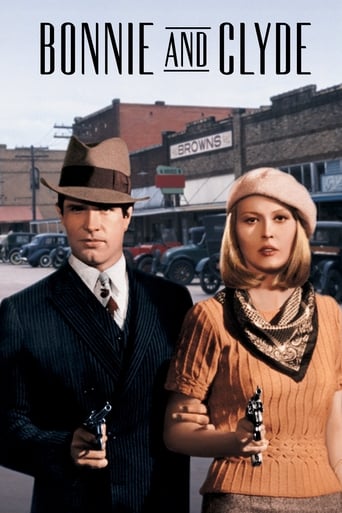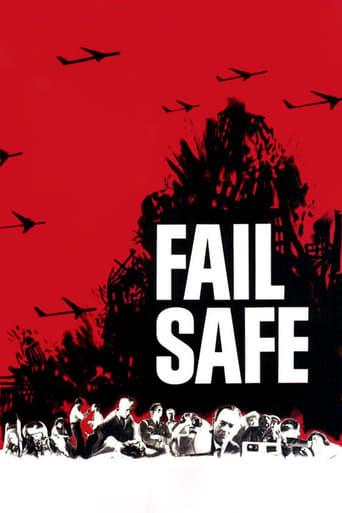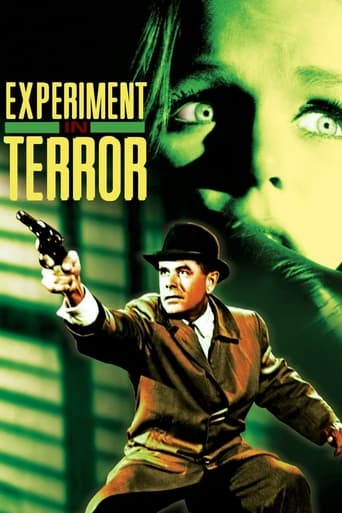
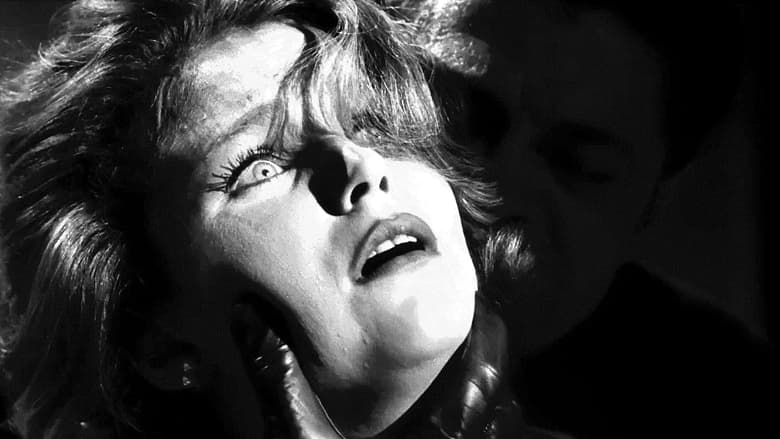
Experiment in Terror (1962)
A man with an asthmatic voice telephones and assaults clerk Kelly Sherwood at home and coerces her into helping him steal a large sum from her bank.
Watch Trailer
Cast
Similar titles
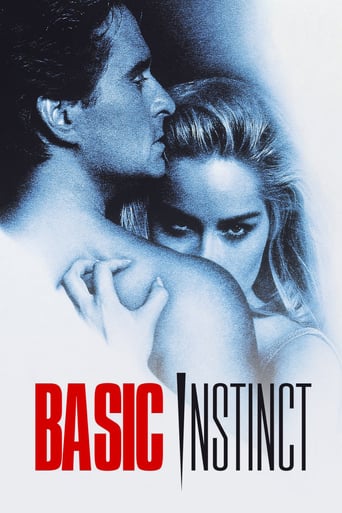
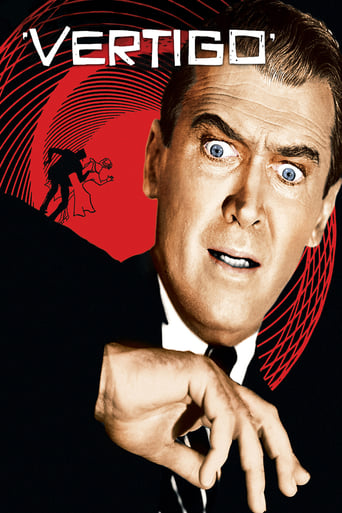
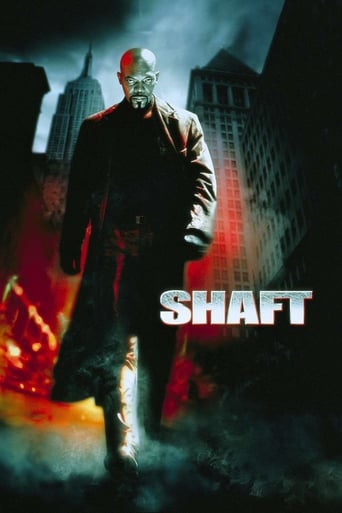
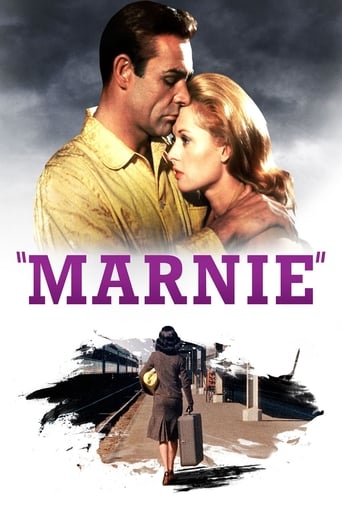
Reviews
Wonderful character development!
Good concept, poorly executed.
It's hard to see any effort in the film. There's no comedy to speak of, no real drama and, worst of all.
All of these films share one commonality, that being a kind of emotional center that humanizes a cast of monsters.
Blake Edwards monochromatic thriller is a beautifully shot, tense film filled with excellent performances. Kelly Sherwood (Lee Remick) works as a bank teller. One night upon returning home she's threatened by a stranger known as 'Red' (Ross Martin) in her garage, she's then forcibly told to rob her bank of $100,000 or she and her sister will be murdered by him.She then manages to get the word out to an FBI officer John 'Rip' Ripley (Glenn Ford) without Red knowing. Rip then advises Kelly on what to do and how to act in order to lure Red out and catch him. The film does a great job of maintaining it's tension even though the film is slightly overlong and suffers from pacing issues in the second act. However the screen-writers do a great job of writing likable, interesting characters whilst keeping the action focused on their situations rather then the plot/heist, which helps to hide some of the pacing issues.The entire cast all give excellent performances, especially from Ford and Remick. Their actions and reactions are down to earth and feel like genuine progressions, rather then the hyperbolic acting associated in that era of film-making. The film is expertly directed by Edwards who's unafraid of having a hard edge when the film needs it. Although this was most likely due to the fact that post-Psycho directors were able to push the envelop a-lot more. Whilst there's nothing offensive by today's standards the film does manage to keep a few hidden surprises up its sleeve.This film reminded me in a-lot of ways to Cape Fear which came out in the same year. Whilst I wouldn't put it on the same level, I would say that Experiment in Terror would make a fantastic companion piece on a double feature with it.
Experiment in Terror is directed by Blake Edwards and adapted to screenplay by Mildred and Gordon Gordon from their own novel called Operation Terror. It stars Glenn Ford, Lee Remick, Stefanie Powers and Ross Martin. Music is by Henry Mancini and cinematography by Philip H. Lathrop.Film begins with bank teller Kelly Sherwood (Remick) driving home through night time San Francisco, over head shots capturing the cityscape for backdrop purpose. Henry Mancini's haunting soundtrack hovers over Kelly's car in spectral fashion, until she arrives home in Twin Peaks and enters her garage, things fall silent as she gets out the car. She senses she's not alone, and she's right. A man whose face is obscured grabs her and puts one hand over her mouth, he tells her in his asthmatic voice that he knows everything about her and her young sister, and that if she doesn't do as she is told then pain, misery and death awaits them. She's to steal $100,000 from the bank where she works, he will even cut her in for 20%, what a swell fella eh?It's a brilliant opening, stylish film making meets a thematic atmosphere full of fear, tension and sexual menace. What follows is a superbly crafted movie, a bona fide thriller that is concerned with characterisations, concerned with wringing out maximum amounts of suspense by way of suggestions and conversations, there is no need to spill blood here, the threat and the fear is palpable throughout. The police procedural aspects of the story, headed by Ford's trusty and stoic detective, are played out with intelligence and always hold fascination appeal. Especially as the little snatches of time we spend with the villain leaves us in no doubt about how cruel and vile he can be.Edwards takes his time to build the story, stopping every once in a while to unfurl a special scene to reinforce the drama. Stand outs include a classic sequence in a room of mannequins and a genuinely chilling piece where our villain dresses in drag. Then there is the justifiably lauded finale played out at Candlestick Park during the culmination of a major league baseball game, thrilling in its execution and a fitting closure to the screw tightening approach favoured by Edwards. All the while Mancini's musical accompaniments act as a foreboding presence, dovetailing with the themes and characterisations at work in the play.Visually it's also impressive, filmed in gritty black and white, Edwards uses intense close-ups to ramp up the tension, dallies with angles to enforce emotional turmoil, while Lathrop always keeps the lenses stark, the contrasts rich and the use of angled shadows is most striking. Cast are superb, Remick makes for a strong heroine in spite of the constant peril she faces, Ford is a bastion of strength and virtue and Powers exudes youthful vulnerability without appearing as a whiny adolescent. Then there is Martin, turning in one of the most menacing villain turns of the 60s, it's a lesson in how to play evil without actually being extremely physical. As the character shifts from being a murdering predator to a man of heart who cares for a girlfriend's child, Martin convinces enough to make it a frightening proposition.Highly recommended. 8/10
Fine b/w thriller with noir leanings is very well shot including some stunning sequences, not least the opening credits, first scene and last sequence and plenty more in between. Sure, today this would have been speeded up a little with 20 minutes or so shorn, but this is 1962, as witnessed by the cars and fashions, so we have what we have. Tense and surprisingly bold and edging towards a grubbiness at times, this is well worth seeing and has clearly been well seen by makers of subsequent movies. Reference has been made to David Lynch and you will smile when you see the street sign and hear the character surname, but not any really substantial influence, I would have thought. Lee Remick has made very many films but apart from The Omen, this is probably the only one I've seen. Very good she is too, in the difficult, constantly harassed, role.
No need to recap the plot. Director Edwards had a good feel for the bizarre, starting with his seminal TV series Peter Gunn (1958-61), which featured a number of bizarre characters unusual for 50's TV. Here, that flair shows up, for example, with the proto-human manikin scene and with Red Lynch in scary drag. In my book, Edwards was a more innovative force in Hollywood than he's been credited with.This is a decent thriller, a big hit on first release. But seeing it now, it seems much of that initial drawing power came from the many bizarre little touches novel to audiences of the time. Because, as a thriller, the movie is stretched too long and paced too deliberately to be really effective. Add to that a couple of dangling sub-plots—the unexplained manikin lady and the extraneous Asian mother and son—and you may wonder what went on in the writers' room. And, of course, there are those puzzling aspects to the crime, well enumerated by other reviewers. I suspect another reason the film's over-stretched was to accommodate big name Glenn Ford, then at the height of his popularity. He does a good job here as the relentless FBI agent. But truth be told, those sequences could have been profitably shortened with a lesser-known actor since the role is basically a routine cop one. All in all, this is a movie of fascinating touches and parts rather than a tightly sustained whole. Thus, it's still worth seeing. But for good, sharp impact, there are some better ones from that same period still around, e.g. Narrow Margin (1952); Beware, My Lovely (1952); The Killer Is Loose (1956). So catch up with them if you haven't already.

